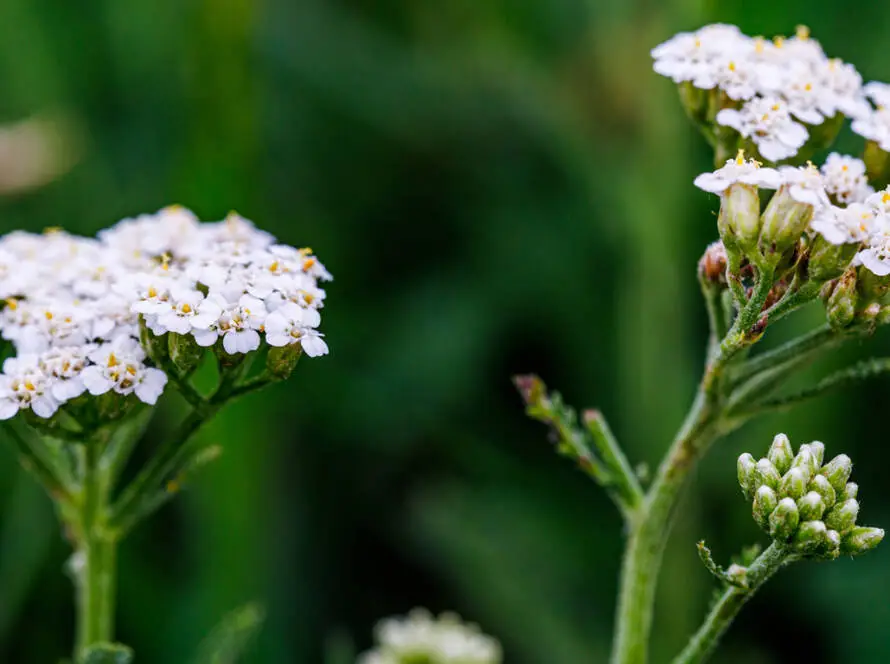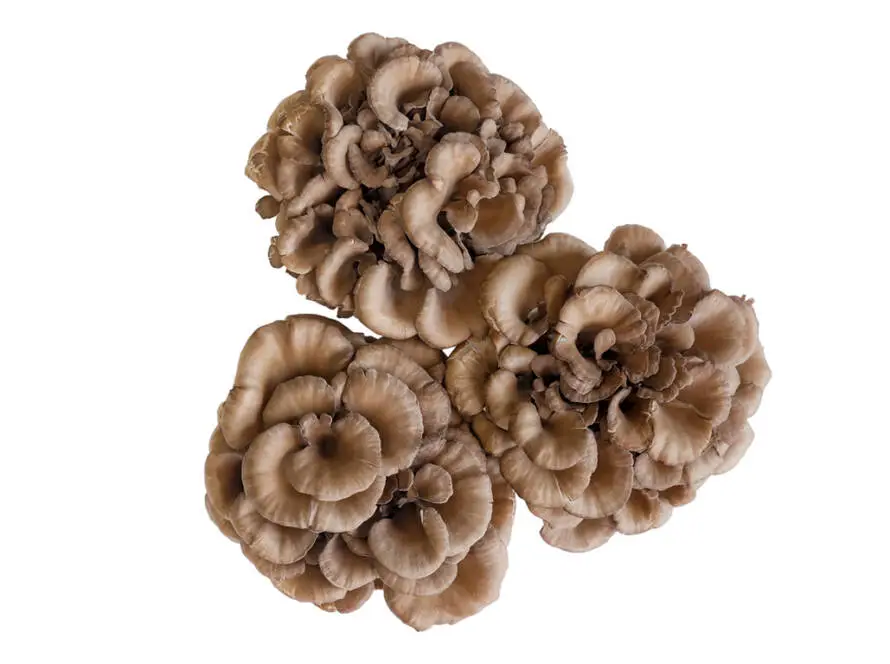Roman Chamomile
Introduction
This fact sheet provides basic information about Roman Chamomile. Roman chamomile, a member of the daisy family, is native to Europe and western Asia. While very popular, it is not as widely used as German chamomile, which is the most commonly utilized species. The dried and fresh flowers of Roman chamomile are used medicinally.
Chamomile is also used cosmetically, primarily to create a rinse for blonde hair. It is popular in aromatherapy, where practitioners believe it serves as a calming agent to reduce stress and aid in sleep.
Common Names
- Roman Chamomile
- Garden Camomile
- Ground Apple
- Low Chamomile
- English Chamomile
- Whig Plant
Latin Name
Anthemis nobilis
Uses
Roman chamomile is renowned for its diverse applications, particularly in herbal medicine and natural remedies. Some of its primary uses include:
- Relaxation and Sleep: Roman chamomile is commonly consumed as an evening tea to promote relaxation and improve sleep quality. Its mild sedative effects can help ease tension and anxiety.
- Digestive Aid: It is often used to alleviate gastrointestinal issues such as nausea, vomiting, stomach cramps, gas, and motion sickness. The antispasmodic properties of chamomile can help soothe the digestive tract.
- Anti-inflammatory: Roman chamomile may help reduce inflammation, making it beneficial for conditions like arthritis or skin irritations.
- Skin Care: Due to its soothing properties, chamomile is used in topical applications to treat minor skin irritations, rashes, and sunburns.
How It Is Used
Roman chamomile can be consumed or applied in various forms:
As a Tea:
- To prepare chamomile tea, steep four teaspoons of dried flowers in 6 ounces of hot water for about 10 minutes. After steeping, strain out the flowers and enjoy the tea. It can be consumed up to four times a day for relaxation and digestive support.
As an Extract:
- Chamomile extracts are available in liquid form. A typical dosage is 1-4 mL taken three times a day; however, it is advisable to follow the specific product instructions or consult a healthcare professional.
Topically:
- The tea can also be used topically. After brewing, it can be cooled and applied to the skin to soothe irritations. Additionally, creams and ointments containing chamomile extract are available in Europe and South America for localized treatment.
What the Science Says
While Roman chamomile has a long history of use in traditional medicine, it has not been rigorously evaluated by the FDA for safety, effectiveness, or purity. This means that while many people report positive effects, scientific evidence may be limited. Users should be aware that the potential risks and benefits of chamomile may not be fully understood, and it is essential to approach its use with caution.
Side Effects and Cautions
Although Roman chamomile is generally considered safe for most people, some individuals may experience side effects, including:
- Allergic Reactions: Those with allergies to plants in the Asteraceae family (such as ragweed, marigolds, or daisies) may be at risk for allergic reactions to chamomile.
- Sedative Effects: Due to its calming properties, chamomile may enhance the effects of other sedatives or medications that cause drowsiness.
- Interactions with Medications: Chamomile may interact with blood thinners, anti-inflammatory drugs, and other medications. It is advisable to consult a healthcare provider before using chamomile, especially if you are pregnant, nursing, or taking other medications.
Conclusion
Roman chamomile is a versatile herb with a rich history of use in herbal medicine, cosmetics, and aromatherapy. Its calming effects and digestive benefits make it a popular choice for those seeking natural remedies. However, as with any herbal supplement, it is essential to use it responsibly and consult with a healthcare professional if you have any concerns or pre-existing conditions.
Sources
- Drugs.Com
- Wikipedia
Disclaimer
The information I’ve shared about herbs is for educational purposes only and is not meant as medical advice. While many herbs have been traditionally used for their potential health benefits, individual responses may vary, and the effectiveness of herbs can depend on various factors, including personal health conditions and interactions with medications. It is essential to consult with a qualified healthcare professional or a licensed herbalist before using herbs for medicinal purposes or making significant changes to your health regimen. This information should not be considered a substitute for professional medical advice, diagnosis, or treatment.


